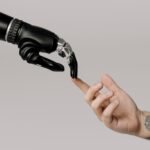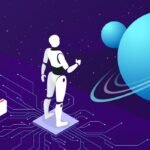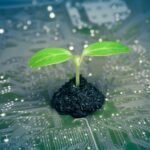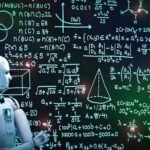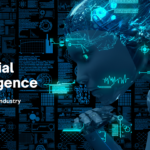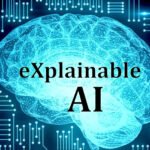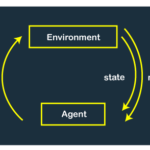“Truly Mind-Boggling” Breakthrough: Graphene Surprise Could Help Generate Hydrogen Cheaply and Sustainably
A groundbreaking revelation in the field of hydrogen generation has emerged, leaving experts astounded by the unexpected capabilities of graphene. This discovery, hailing from collaborative efforts between the University of Warwick and the University of Manchester, could hold the key to a more affordable and sustainable hydrogen economy.
Recent research has unveiled an astonishing property of graphene—it naturally facilitates the movement of protons, particularly around its minute wrinkles on the nanoscale. This revelation has the potential to reshape the landscape of the hydrogen economy, offering environmentally conscious alternatives to the current lineup of catalysts and membranes that are both expensive and detrimental to the environment.
The journey to this breakthrough began a decade ago when scientists at The University of Manchester demonstrated graphene’s surprising permeability to protons, the nuclei of hydrogen atoms. This finding contradicted existing theoretical predictions, which had projected that it would take an inconceivable amount of time for protons to traverse graphene’s densely structured lattice. The discrepancy led to the speculation that perhaps protons were infiltrating through minuscule gaps or pinholes within the graphene structure, rather than navigating through the crystal lattice itself.
Published in the esteemed journal Nature, the recent collaboration between the University of Warwick, guided by Prof. Patrick Unwin, and The University of Manchester, under the leadership of Dr. Marcelo Lozada-Hidalgo and Prof. Andre Geim, unveiled the findings that settled this enigma. Employing cutting-edge ultra-high spatial resolution techniques, the team definitively proved that pristine graphene crystals indeed facilitate the movement of protons. Adding an unexpected twist to the narrative, they also revealed that protons experience substantial acceleration in the vicinity of nanoscale wrinkles and ripples present within the graphene crystal. This remarkable revelation promises to usher in a new era of hydrogen technology, powered by the remarkable properties of graphene.
















